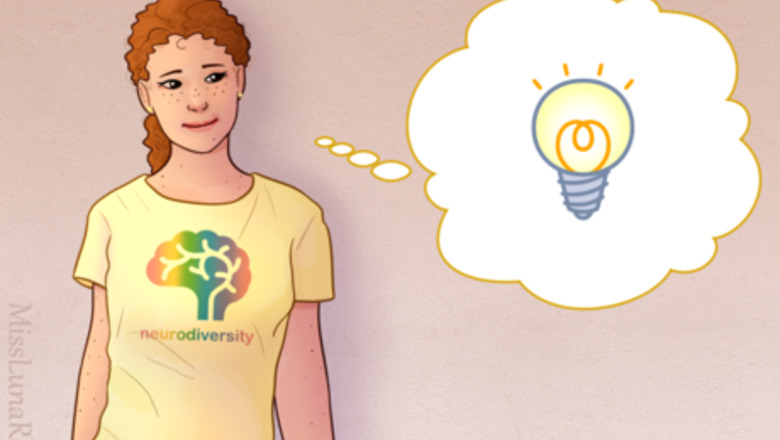
views
Autistic teens and adults with this problem should also read How to Replace Harmful Stims.
Evaluating the Stim
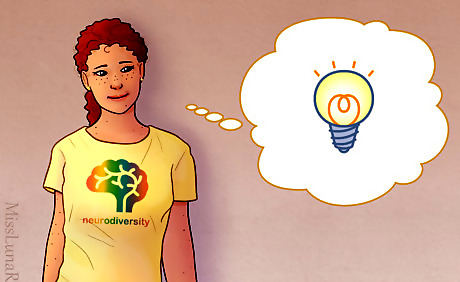
Consider whether the stim is actually harmful. Just because a stim is a little odd or noticeable doesn't mean that it's a bad stim. A stim is bad if it fulfills one or more of these criteria: Does it cause physical harm? (biting, head-banging) Does it pose a health risk? (placing objects in the mouth, spinning until she falls down) Does it make a mess or destroy things? (ripping paper) Does it violate others' personal space? (playing with their hair without permission) Does the autistic child say they want to change the stim?
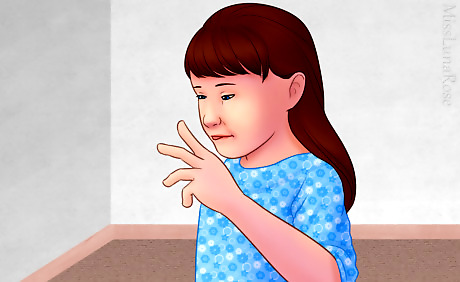
Let them be themselves, even if it's "weird." You may be worried about whether the child will fit in and how they will be treated. But teaching them to suppress their natural instincts and hide their feelings isn't a good answer. It is the bullies who need the behavior change, not their victim. If you supervise a group of children, talk to them about differences and how to be a good friend. Teach that bullying is wrong and give advice on how to help if they witness bullying. Take reports of bullying very seriously. Cultivate an atmosphere of respect for individual differences. Children will model their behavior after yours. Tip: Don't teach kids that they need to change their behavior to avoid being bullied. This sends the message that bullying is the natural consequence of being different, and it's their fault for not being normal. Instead, teach that it's okay to be different and bullying is always wrong.
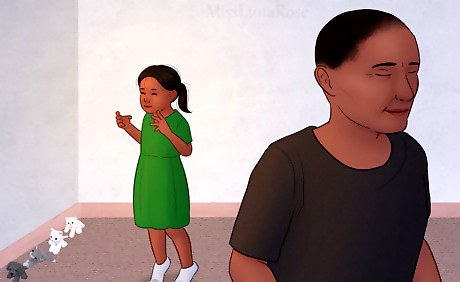
Consider whether it is worth the energy to redirect. Teaching takes time and effort. It can be even more effort for the autistic child, if the new stim doesn't work quite as well. Trying to redirect too many stims can harm their self-esteem and ability to focus. Save serious interventions for serious cases. Stimming can help kids stay calm and self-regulate. This is a good thing.
Understanding the Stim

Rule out medical issues. Pain, illness, and discomfort can trigger dramatic stims. Notice if they seem to hit a specific body part. That may be a sign that something is wrong there. Take them to a doctor and ask for that place to be checked. Treating the health issue may make the dangerous stim disappear. For example, a child who hits their head may be suffering from migraines, a toothache, a headache, or lice.

Figure out what triggers the stim. What circumstances arise before the child begins stimming? Keep a journal tracking each instance. Here are some examples. (Keep in mind that possibilities are not limited to this list.) Boredom Sensory seeking Expressing sensory pain (or fear of sensory pain) Frustration Hunger Fear
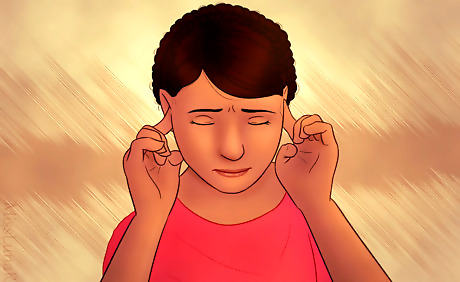
Consider what need the child is trying to address. Stimming is a tool. Talk to the child about it if you can, or draw hypotheses based on your log. Here are a few example possibilities: Pain management Sensory seeking (heavy work, touch, vestibular, etc.) Release of pain or emotion Cry for help or attention
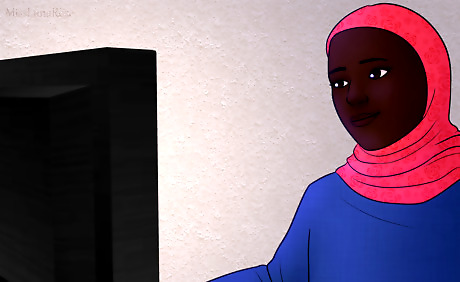
Go to the autistic community. There is a group of experienced people who know exactly how these stims work—autistic adults. Try reading blogs and reaching out through the #AskingAutistics hashtag. Read from autistic adults who had the same stims. What did they use as replacements? Did the replacements work? Try making an account under a fake name and posting about the problem in the #AskingAutistics hashtag. Autistic people tend to patrol this hashtag and will likely come to offer help.
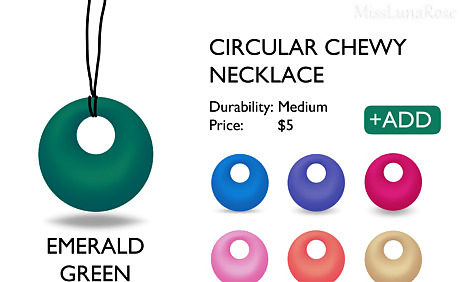
Draw up a list of alternative ways to fulfill the need. The child can try these out and use the ones that work best. Pulling and heavy work: wall push-ups, lifting heavy objects, and grasping the hands and pulling the elbows away from each other Biting: gum, candy, and chewy jewelry Head banging: try heavy work, hitting their fist or head against couch cushions, or hitting their head against a glider rocker
Talking to the Child
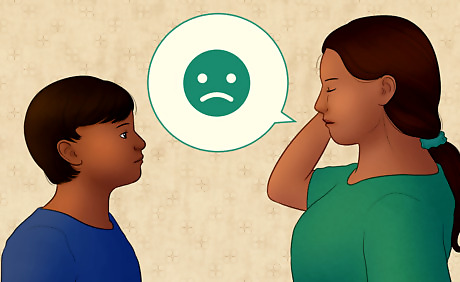
Take the child aside and explain your feelings about their harmful stim. Make it clear why this stim is not a good one, so that they recognize that there is a good reason for them to stop. Then propose your suggestions. For example, "It worries me when I see you hitting your head like that. You could hurt yourself. I'm sure it's not fun for you either. Let's talk about what we can do to keep you safe." Did You Know? Many nonspeaking kids can understand you perfectly well, even if they don't seem to react. Talk to them even if you aren't sure whether they understand you.
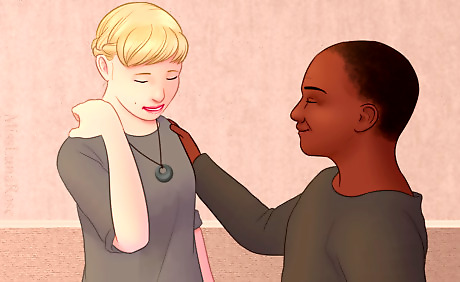
Have a dialogue about the stim. Ask your child if they have any ideas for replacement stims, and what they think would help them use the harmful stim less. If their ideas are incorporated into the plan, it helps them feel ownership of the process. "Do you think chewy jewelry would help?" "Would you like to help me pick out some jewelry from the website?" "This is the list of ideas I wrote. What do you think? What could we add or change?" "Let's go to the store this afternoon, and you can pick out the stim toys you want to try."
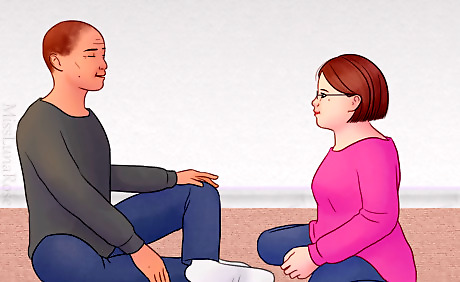
Talk about how you can help. Your support can help the child transition to a better coping mechanism. For example, if your son puts objects in his mouth, and the two of you decide that gum is better, he may not have gum on hand all the time. Make it clear that whenever he wants gum, all he needs to do is ask, and you'll give it to him.
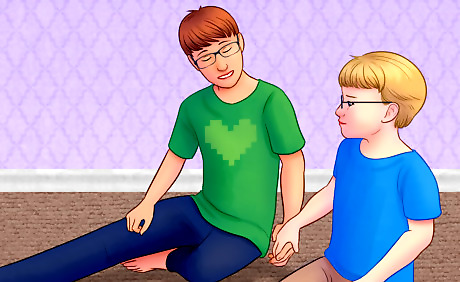
Discuss prevention for stims that only arise under distress. For example, if your student hits herself when she's upset, talk to her about what makes her so upset, and what you can do to help. Maybe she can't handle noisy classrooms, or she's struggling with English, or she has an underlying condition that's giving her headaches. Address the underlying problem and the bad stim may disappear.
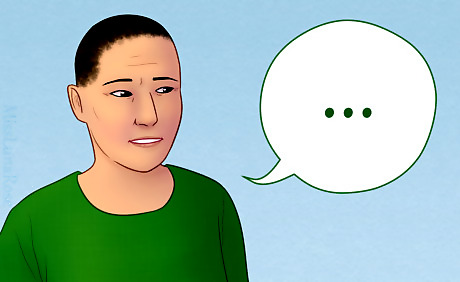
Give gentle reminders if you notice them using the harmful stim again. They may use the stim unconsciously, forget about the alternatives, et cetera. Speak patiently so that they know you aren't mad at them. Ask them what they should do, or remind them what they should do. "LeBron, is that food? Does it belong in your mouth?" "What belongs in your mouth?" "What do we do when we want to play with hair?" "Remember, when we want to spin, we stop before we get dizzy. Your trampoline is right over there if spinning isn't enough." "Honey, you're hurting your head." "Hands off your face. Want a tangle or a brush?" Tip: If the child has picked up a new bad habit (such as skin-picking when acne develops), try to curb it right away. Stopping it before it becomes a major habit is easier than stopping it after they've been doing it for years.
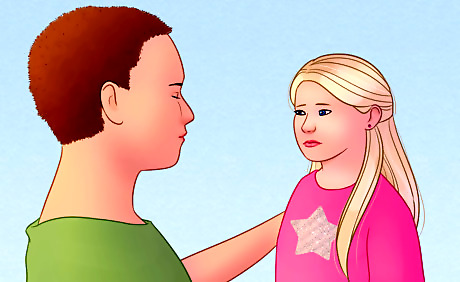
Be compassionate if they are upset. Autistic children may revert to harmful stims if they are under large amounts of stress. Use a very patient tone of voice, and ask as little of them as possible to avoid further stressing them. If they are in danger of harming themselves, give a gentle reminder. Otherwise, choose to remind them once they're calm or just let it slide. "Julie, I understand you're upset and hurting. Why don't we put a pillow between your hands and your head so you don't injure yourself?" "Please be gentle with your hands. You can bite this." "Rosario, I saw that you were hitting yourself this morning. You seemed very upset, and I was worried about you. Would you like to talk about what happened?" Avoid grabbing or crowding them, as they may panic and lash out.
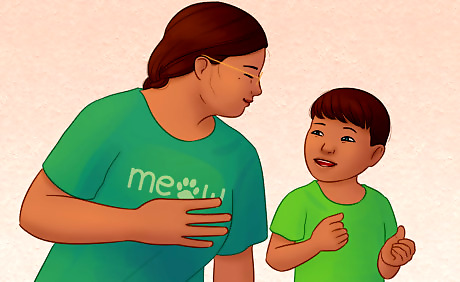
Congratulate them when they successfully use the new stim or ask for help. While they probably understand why they should do it, a little encouragement from you never hurts. It will help them remember to keep working on it, feel proud of their progress, and use healthy stims to keep everyone happy and safe. "LeBron, I'll get you a carrot right away. Thank you for asking." "Rosario, I'm glad that you told me that the classroom was too loud as soon as it started bothering you. You didn't hit yourself once! Feel free to come to me any time you're getting really upset." "Julie, I just wanted to say how brave and strong you were, head-butting the couch cushions today instead of punching yourself. You did a wonderful job handling your frustration, and I'm proud of you." "Alison, thank you for biting your chewy necklace instead of your hand. Let me know if you want any gum to chew if you get tired of your necklace."
Handling Harmful Stims During Meltdowns
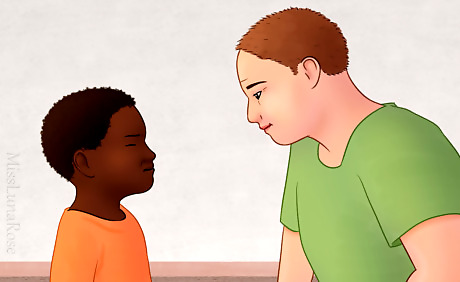
Take action to de-escalate and de-stress if you see a potential oncoming meltdown. While a meltdown can't be stopped once it has started, you may be able to prevent it (or at least reduce its severity) by helping calm the child. Preventative measures may stop or reduce self-injury and other harmful stims. If you see the child getting too stressed... Reduce demands and sensory input. Let them take a break somewhere quiet. Listen carefully if they're trying to tell you something. Encourage safe coping mechanisms like harmless stims, special interests, and comfort items (including phones or tablets).

Recognize that no amount of logic, reason, or compassion is going to stop a meltdown. While the child can technically hear you, they can't listen. You can't talk them out of it because they can't think clearly right now. All you can do is wait it out and try to keep them safe. Being a quiet, calming presence can help them calm down a little and may help the meltdown end sooner.
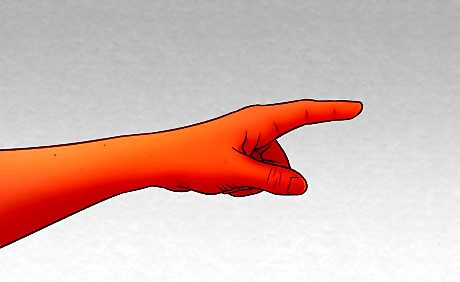
Try a brief statement to see if they will redirect. The child may be able to process and understand a short statement. You can point or hold an object and give a short command; they may be able to think clearly enough to understand. "Hit that." "Here, pull." "Big hug?" "Trade." (to exchange an unsafe object for a safe one)
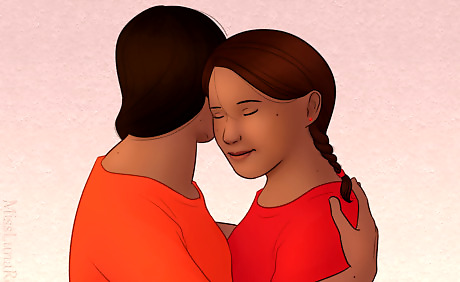
Offer a safe sensory alternative. The child is resorting to unsafe behavior because they need intense sensory stimulation. If you can offer a safe and intense option, the dangerous behavior may stop. Hitting or biting: Offer deep pressure. Try offering a very tight hug or massage, focusing on the area the child is targeting. Screaming: Play loud music. If it's on your phone, move it around (from one ear to the other or close and then far). Throwing objects or throwing themselves to the floor: Try a swing, trampoline, or bouncer. If they're small enough, you can pick them up and spin them around or toss them onto a safe place (like a bed or soft sofa). Pulling hair: Show them a doll with long hair or one end of a cord and say "pull."

Do damage control if needed. During a meltdown, the child can't think clearly and may be unable to keep themselves safe. Take a deep breath and do what you can to reduce harm. Here is what you can try if the child is... Hitting themselves: Place a cushion to soften blows. Pounding on objects: Show them a couch cushion or bed and say "Hit that." Throwing objects: Grab some durable and harmless objects, like pillows or stuffed toys, and put them in reach. Let the child throw these. Then fetch them so the child can throw again. Move fragile or dangerous objects out of reach. Keep bringing them back until the child calms down. Hurting others: Make everyone give the child space. Try to offer safe replacement stims. Did You Know? During a meltdown, the child is in fight-or-flight mode. If they are grabbed or trapped, they may lash out in panic. They could hurt themselves and the other person. No matter what is happening, don't grab or trap them.
Leading a Healthy Lifestyle

Give your child plenty of exercise. Activity can help boost mood, improve general health, and moderate the need to stim. Try taking walks, swinging, hiking, climbing, swimming, biking, and whatever the autistic child might enjoy. Swings and indoor trampolines offer opportunities for repetitive exercise.

Offer plenty of healthy stimming activities. Stimming is important to the child's sense of well-being. Here are some items you can keep around the house for them to interact with: Beanbag chair Weighted blankets, lap pads, or toys Swing Fidget toys (tangles, stress balls, and more) Floor trampoline Lava lamps and fans to watch
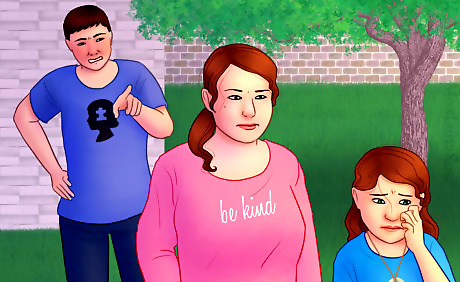
Protect your child from anti-autism influences. Some therapists will try to force compliance, extinguish stimming, or do other things that harm your child. Only take your child to therapy that they enjoy (or at minimum, feel neutral towards). Make it clear to other adults that your child's differences are to be respected. ABA therapy can be dangerous, particularly if done by providers who aren't careful in their approach. Be cautious about compliance-based therapies, as they may harm more than they help. Steer your child away from negative or unkind people. If your child is mistreated, talk to them and explain that what happened wasn't okay and the child didn't deserve it. Autism cannot be cured or ethically suppressed. If someone is claiming that they can do this, beware.
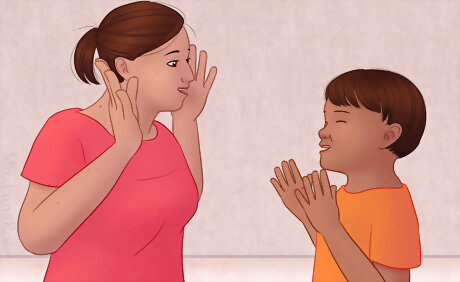
Work on your child's strengths too. Encourage their special interests and other abilities. Find ways to make them feel competent and talented. Growing up is not only about improving one's weaknesses, but building upon one's strengths. The last thing you want is for the child to end up feeling over-corrected or dependent on adults for help. Give them praise and encouragement, and don't overdo the advice.
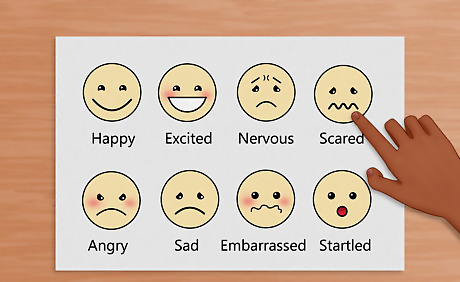
Keep communication open. Honor all the child's communication attempts—speech, typing and other forms of AAC, gestures, body language, and behavior. Paying attention to the child's communication encourages them to communicate more. Help them learn to recognize their needs and ask for help when they need it. If the child isn't communicating reliably or clearly yet, a good speech and language pathologist (SLP) may be able to teach them to speak and/or use another form of communication (like picture cards, sign language, or typing). Ask clarifying questions and slow down if the child is struggling to communicate or seems frustrated. Did You Know? It can be very stressful when communication attempts aren't heard or understood. By helping the child communicate, and by listening closely to all attempts, you can reduce stress and frustration. A calmer child is less likely to stim dangerously.
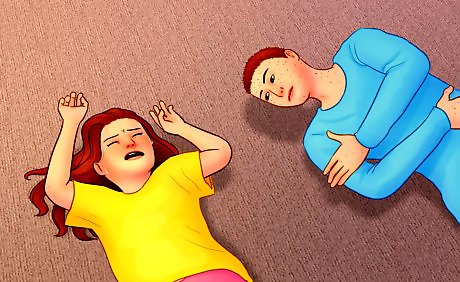
Practice patience. Your child faces many everyday struggles that non-disabled people never have to worry about. If you were in their situation, you'd cry and melt down too. Treat them with compassion, and presume competence, and treat them like they want to behave well. Stay patient and kind even when the child acts out. This helps them know that they can count on you when they're upset. Make time for self-care, especially when you feel like you're at the end of your rope. A calm adult is a helpful adult, so do what helps you feel calm and balanced.
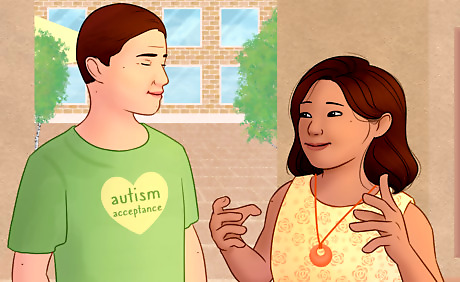
Show them unconditional love. Life can be challenging for autistic kids, and the child needs to know that you're here for them. Accept them for who they are, autism and all. That's the biggest way to make a difference.




















Comments
0 comment